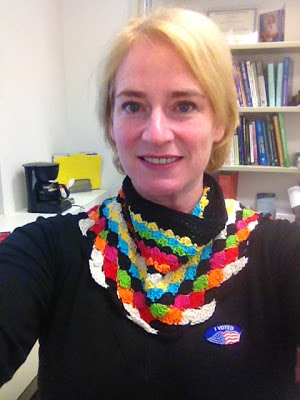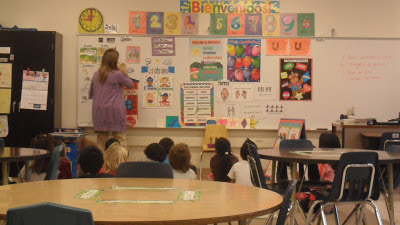Take SPAN 232 Spanish in the Community
by Ann Abbott Click here to watch a screencast about SPAN 232, "Spanish in the Community ." But don't just take my word for it; watch the videos of students who think you should take SPAN 232, too. Erik works at the Refugee Center. Annahid works at Central High School. Megan works at a school. Ryan works at the Refugee Center. Always trust a man with a yellow corbata. Seriously, trust Ryan when he says that working in the community in SPAN 232 is engaging. Taylor works at SOAR, and she tells a cute story about her student. Contact me at arabbott@illinois.edu if you have any questions about SPAN 232 "Spanish in the Community."








